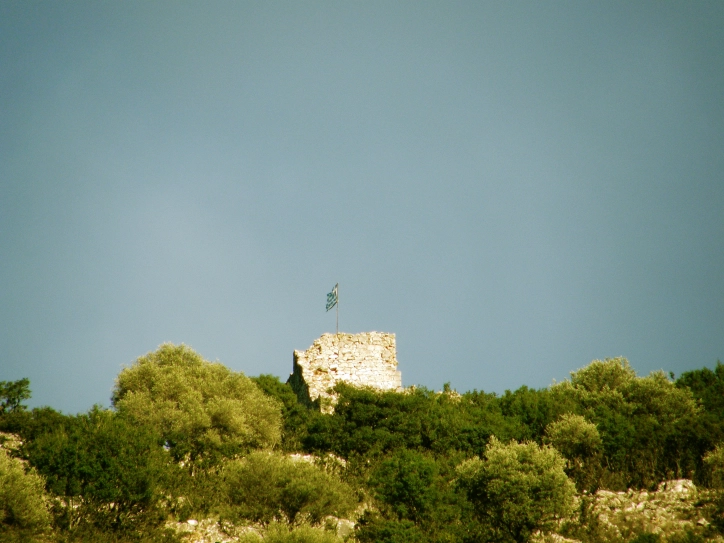The lowland zone, which covers the central and south-eastern part of the Municipality, is covered by agricultural lands that mainly include grain, cotton, clover, alfalfa and tobacco, while during the winter a percentage of these lands are cultivated with vegetables.
Additionally, in the areas located at the foot of the mountains, significant areas are covered by olive groves and vineyards.
Many species, such as larks, wagtails, spies, bee-eaters and sables, breed in the lowlands, while the iconic lowland partridge is recovering in the area thanks to the efforts of the Trikala Forestry. In winter, these areas are home to many ostriches, coots and raptors.
The presence of mammals is important. Wolf, fox, roe deer, wild boar, ptarmigan, badger, weasel, hare, squirrel, hedgehog, numerous rodents and small insectivorous mammals, and bats have a wider distribution.
The plover, an unusual species, has been observed mainly in the NW part of the Municipality, while the otter spreads throughout the hydrographic network.

Aquatic ecosystems and fish fauna
The main hydrographic element of the Municipality is the river Pinios with its rich fish fauna. The mullet, the briana, while we also meet carp, eels, bream, sea bream and gourds, while there is no shortage of crayfish and crabs.


